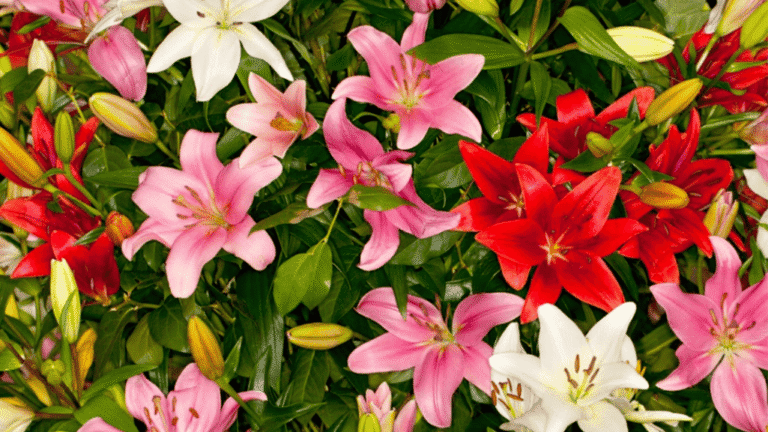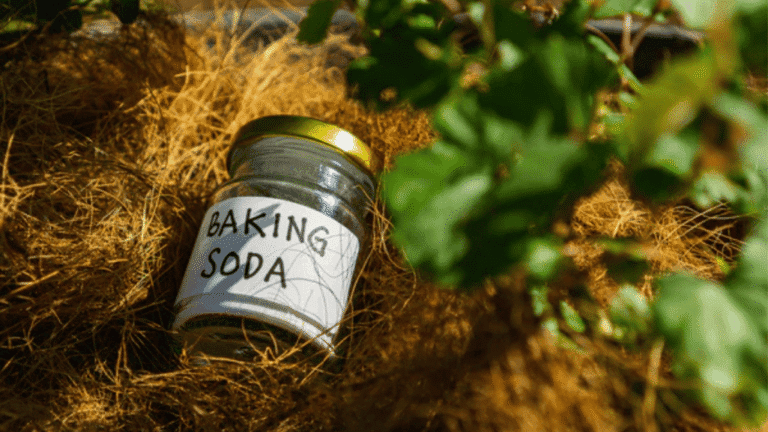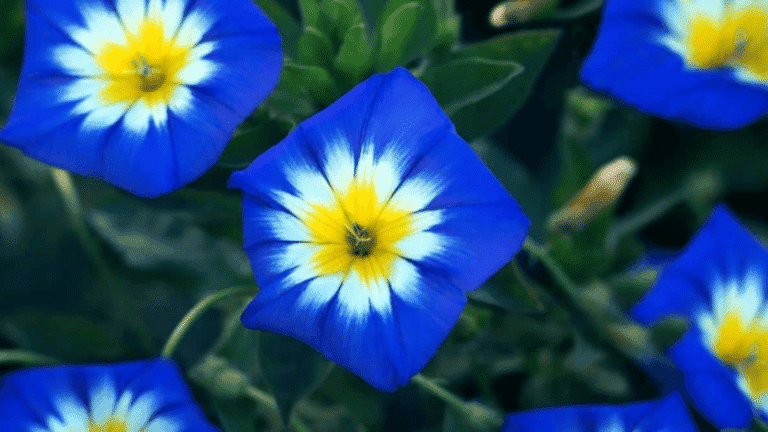Beautiful flowers gardenia Plants For Your homes

Are you looking for an evergreen shrub to make your garden stand out? Viburnum tinus is a great choice. It’s a Mediterranean native known for its dense foliage and beautiful winter flowers. This shrub is also drought-tolerant, with glossy green leaves and white blooms.
Viburnum tinus, also called laurustinus or laurustine, is a perennial evergreen. It grows well in USDA zones 7-11. It’s perfect for hedges, screens, or foundation plantings because it grows to about 5-6 feet tall and wide. The leaves are dark green and leathery, and in spring, it blooms with fragrant white to light pink flowers.
This shrub is easy to care for and adds beauty to your garden. It can handle drought and grows well in different soils. Plus, it attracts pollinators and helps birds by providing shelter and food. This makes your garden more diverse.
Key Takeaways
- Viburnum tinus is a versatile evergreen shrub native to the Mediterranean region
- It features dense, dark green foliage and fragrant white to light pink flowers in spring
- This drought-tolerant plant is ideal for hedges, screens, and foundation plantings in USDA zones 7-11
- Viburnum tinus attracts pollinators and provides shelter and food for birds
- Its low-maintenance nature and adaptability make it a practical choice for any garden
Discover the Charm of Viburnum tinus
Get ready to fall in love with Viburnum tinus, a shrub that fits perfectly in many landscapes. It’s an evergreen that brings beauty all year, making your garden stand out.
Versatile and Adaptable Shrub
Viburnum tinus is a shrub that loves many environments. It does well in sunny or shady spots. It’s perfect for USDA hardiness zones 8b to 9a, handling cold temperatures. This shrub grows slowly, reaching 2.5 meters tall in 10 to 20 years, creating a full shape.
| Characteristic | Value |
|---|---|
| Mature Height | 2.5 meters |
| USDA Hardiness Zones | 8b to 9a |
| Temperature Tolerance | -9.4°C to -3.9°C |
| Growth Rate | Moderate |
| Time to Reach Mature Height | 10 to 20 years |
Year-Round Beauty and Interest
Viburnum tinus shines with beauty all year. Its evergreen leaves stay green, offering a constant look. In spring, it blooms with white or pale pink flowers, drawing in bees and adding beauty.
These flowers turn into colorful berries that last into winter. They add color and feed birds. Whether you use it as a hedge, screen, or standalone plant, Viburnum tinus brings lasting beauty to your garden. It’s perfect for anyone wanting a beautiful, easy-care garden.
Attractive Features of Viburnum tinus
Viburnum tinus has been a favorite in gardens since the 16th century. It’s from southern Europe, north Africa, the Canaries, and Madeira. This evergreen shrub is known for its many attractive features. Let’s look at what makes Viburnum tinus so popular.
Evergreen Foliage
Viburnum tinus is loved for its evergreen leaves. These leaves stay green all year, adding beauty to the garden. They provide a constant green backdrop, making the garden look great all the time.
Fragrant Flowers
In early spring, Viburnum tinus blooms with fragrant flowers. These flowers start from pink buds and turn into white or soft pink petals. Their sweet scent fills the air, drawing in pollinators and making the garden magical.
Clemson University’s Home & Garden Information says Viburnum tinus has lots of beautiful flowers. This makes it a top choice for gardens.
Colorful Berries
As the seasons change, Viburnum tinus shows off its berries. These berries are blue-black and stand out against the green leaves. Birds love these berries, making the plant good for the garden’s ecosystem.
| Feature | Description |
|---|---|
| Evergreen Foliage | Small, leathery, dark green leaves that persist year-round |
| Fragrant Flowers | Dense clusters of white to light pink flowers emerging from pink buds in early spring |
| Colorful Berries | Blue-black berries that develop in fall, adding visual interest to the landscape |
| Stem Color | New stems flush wine-red before fading to green |
Viburnum tinus has evergreen leaves, fragrant flowers, and colorful berries. It’s a great choice for any garden. It adds beauty, fragrance, and helps birds, making it a favorite worldwide.
Ideal Growing Conditions for Viburnum tinus
Viburnum tinus is a versatile shrub that thrives in many conditions. It does well in full sun to partial shade, giving gardeners flexibility. For the best growth, it needs well-drained soil that holds some moisture.
Once it’s established, Viburnum tinus can handle drought well. It’s perfect for busy gardeners or those saving water. This shrub grows in USDA zones 7-11, showing it can adapt to different climates. It does well in acidic, alkaline, or neutral soils, making it versatile.
| Growing Condition | Viburnum tinus Preference |
|---|---|
| Sun Exposure | Full sun to partial shade |
| Soil Type | Well-drained soil with some moisture retention |
| Drought Tolerance | Drought-tolerant once established |
| Hardiness | USDA zones 7-11 |
| Soil pH | Adaptable to acidic, alkaline, and neutral soils |
Viburnum tinus can grow in various soils and pH levels, making it easy to care for. It fits well in sunny or shady spots. With well-drained soil and some watering during dry times, it will thrive and look beautiful all year.
When picking a spot for your Viburnum tinus, think about its size and growth rate. It can grow up to 2.5-4 meters tall and spread wide, filling spaces quickly. Imagine how it will look in your garden, as a hedge, foundation plant, or in a border. Knowing its needs helps you design a beautiful garden that uses the natural beauty and adaptability of Viburnum.
Viburnum tinus in Landscape Design
Viburnum tinus is a great shrub for any landscape design. It’s perfect for gardeners and landscapers because it’s adaptable and beautiful all year. Let’s see how you can use Viburnum tinus in your garden.
Hedging and Screening
Viburnum tinus is great for hedges or screens. It grows densely and stays green all year. This makes it perfect for creating a living wall that offers privacy and defines spaces.
Planting it in rows makes a beautiful, easy-to-maintain hedge. It’s also great for showing off colorful plants in your garden beds.
Foundation Plantings
Viburnum tinus is perfect for foundation plantings. It softens the look of buildings and stays green all year. Its size and shape are ideal for planting at your home’s base.
This adds texture and interest to your home’s look. It makes your house stand out.
Mixed Borders and Beds
In mixed borders and beds, Viburnum tinus adds evergreen structure. Its dark green leaves contrast well with colorful flowers and foliage. The white spring blossoms and blue-black berries add interest throughout the seasons.
Combining it with other plants creates a diverse and beautiful landscape.
Here’s a table showing the growth habits of different Viburnum tinus varieties:
| Variety | Height | Width |
|---|---|---|
| Spring Bouquet Laurustinus (V. tinus ‘Compactum’) | 6 ft. | 6 ft. |
| Pink Dawn (V. x bodnantense ‘Pink Dawn’) | 10 ft. | 8 ft. |
| Burkwood (V. x burkwoodii) | 12 ft. | 5 ft. |
There are many sizes to choose from, from small for small spaces to large for big hedges. Viburnum tinus is a top choice for gardeners who want beauty and function in their outdoor spaces.
Caring for Viburnum tinus
Viburnum tinus, also known as Laurustinus, is a low-maintenance evergreen shrub. It brings beauty to your garden all year. With glossy leaves, fragrant flowers, and colorful berries, it’s a joy to care for. By following simple guidelines for watering, fertilizing, and pruning, your Viburnum tinus will thrive.
Watering Requirements
Viburnum tinus needs moderate watering. Water it once or twice a week, based on the weather and rainfall. In the first year, water it often to help it grow strong roots.
As a rule, water it deeply two to three times a week, especially in hot places. Water more often when it’s growing and check the soil to see if it needs water. New plants need more water, but older ones need less.
| Watering Frequency | Growing Season | Dormant Season |
|---|---|---|
| New Plantings | 2-3 times per week | Once per week |
| Established Plants | Once per week | Every 2-3 weeks |
Fertilizing Needs
Fertilize your Viburnum tinus in early spring or fall with a balanced fertilizer. Use a slow-release fertilizer with equal parts nitrogen, phosphorus, and potassium (like 10-10-10). Test the soil every 2-3 years for nutrients.
Follow the fertilizer instructions carefully. Don’t over-fertilize, as it can cause too much growth and less flowers.
Pruning Tips
Viburnum tinus needs little pruning to keep its shape. It’s in pruning group 8, meaning it’s easy to care for once it grows. Prune after it flowers to shape the plant and remove dead or crossing branches.
Do some light pruning during the growing season to keep it the size you want. But, pruning too much can make it produce fewer flowers next year.
With the right care, including watering, fertilizing, and pruning, your Viburnum tinus will be a beautiful, low-maintenance addition to your garden.
Viburnum tinus Varieties to Explore
Choosing the right Viburnum tinus for your garden is exciting, with many enchanting options. Viburnum tinus ‘Compactum’, or Spring Bouquet Laurustinus, is a top pick. It grows to 5-6 feet tall and wide, perfect for small hedges or screens. Its evergreen leaves and fragrant white flowers in spring add beauty all year.
Viburnum tinus ‘Eve Price’ is great for those who love lots of blooms. It’s famous for its many white flowers that fill the air with sweet scent. The glossy leaves contrast beautifully with the flowers, creating a stunning look. After the flowers, it produces blue-black berries that add more interest.
Viburnum tinus ‘French White’ is known for its large, showy white flowers. These flowers draw the eye and add elegance to your garden. The evergreen foliage makes a beautiful backdrop for the flowers, keeping your garden looking great all year. It fits well in both formal and informal gardens, making it versatile for any landscape.
When picking a Viburnum tinus, think about its hardiness and growth. The Viburnum tinus species can handle -10°C (14°F) and grows in various light. But, some types prefer different conditions, so choose wisely based on your garden.
| Variety | Height x Spread | Hardiness Rating | Flower Color | Fruit Color |
|---|---|---|---|---|
| Viburnum tinus ‘Compactum’ | 1.5m x 1.8m | H4 | White | Blue-black |
| Viburnum tinus ‘Eve Price’ | 3m x 3m | H4 | Pink and white | Blue |
| Viburnum tinus ‘French White’ | 3m x 3m | H4 | White | Blue-black |
| Viburnum tinus ‘Gwenllian’ | 3m x 3m | H4 | Pink and white | Blue |
Any Viburnum tinus variety you choose will bring beauty and resilience to your garden. These shrubs are great for wildlife too. They attract bees and butterflies and offer berries for birds. Adding Viburnum tinus to your garden creates a haven for you and nature. For more ideas on adding beauty to your garden, check out the range of gardenias and other plants that complement viburnums.
Companion Plants for Viburnum tinus
When planning a garden, think about plants that match the colors and textures of Viburnum tinus. This evergreen shrub is great for adding depth to your garden. It works well with many colorful plants, making your garden look amazing.
Complementary Colors and Textures
To make your garden more interesting, pair Viburnum tinus with plants that have different textures. Ornamental grasses like Pennisetum or Miscanthus add a soft, flowing look. Ferns such as Athyrium or Polystichum bring a lush feel to the garden.
Flowers in pink, purple, or blue, like Salvia, Phlox, or Clematis, look great with Viburnum tinus. They create a beautiful mix of colors in your garden.
For a nice contrast, add plants with yellow or chartreuse leaves. Heuchera ‘Lime Rickey’ or Spirea ‘Ogon’ are great choices. Their bright leaves add color and light up shady spots.
Creating Harmonious Garden Compositions
When picking plants for Viburnum tinus, think about what they need to grow. Viburnums do well in rich, moist soil. They’re perfect with plants like Azaleas, Camellias, and Rhododendrons. These plants also like the same amount of sun and prefer slightly acidic soil.
| Companion Plant | Complementary Feature | Growing Conditions |
|---|---|---|
| Azalea | Colorful flowers | Part shade, acidic soil |
| Ornamental Grass | Contrasting texture | Full sun to part shade |
| Heuchera ‘Lime Rickey’ | Chartreuse foliage | Part shade, well-draining soil |
| Clematis | Climbing, colorful flowers | Full sun to part shade |
To fill in gaps under Viburnum tinus, try planting low-growing annuals. Supertunias, Bacopa, Alyssum, or Lobelia are good choices. They add color and help your garden look complete. By picking plants that match Viburnum tinus, you can create a beautiful garden that looks great all year.
Viburnum tinus and Wildlife
Viburnum tinus is a beautiful evergreen shrub that makes your garden look great and helps local wildlife. It grows up to 3m tall and wide, making a perfect home for many animals. Adding Viburnum tinus to your wildlife garden helps pollinators and birds. It also lets you enjoy its beautiful looks.
Attracting Pollinators
The flowers of Viburnum tinus draw bees and butterflies. These creatures are key to keeping our gardens healthy by pollinating plants. With over 150 types of Viburnums, you can pick ones that bloom at different times. This means pollinators always have food.
Viburnum Tinus Spirit has white flowers that last 6 months. It’s a favorite for its long-lasting blooms and attracting pollinators.
Providing Shelter and Food for Birds
Viburnum tinus is great for birds too. Its thick leaves give birds a place to live and nest. In fall, its blue-black berries are a key food source for them.
The Viburnum Tinus Eve Price is a compact evergreen with pink flowers that turn into black berries. These berries are a hit with birds. Adding Viburnum tinus to your garden makes it a bird-friendly place. You’ll love watching these birds all year.
Viburnum tinus can handle cold down to -10°C (14°F) and grows well in many places. It’s perfect for gardeners who want to help wildlife and beautify their gardens. This shrub offers shelter, food, and attracts pollinators, making your garden healthier and more diverse.























